Stack – an IT term simply explained
What does >Stack< mean in IT??
In IT, a stack refers to a hierarchical structure in which multiple functional components are logically layered on top of one another. This arrangement is widely used in software architectures, where each layer has clearly defined tasks and builds on the functions of the layers below – much like a physical stack, where the top layer depends on the stability of those beneath it.
A stack is more than just a technical construct; it also enables more efficient collaboration within development teams. For example, frontend and backend teams can work independently as long as interfaces are clearly defined. In practice, stacks are found not only in software but also in cloud environments, where infrastructure, middleware, and applications are combined into an integrated whole – for instance in DevOps or full-stack development.
What are the features of an Stack?
Stacks are characterised by several distinctive features:
- Logical layering: Components are logically structured rather than physically stacked. A typical software stack, for instance, separates presentation (frontend), application logic (middleware), and data persistence (database).
- Division of labour and modularity: Each layer is responsible for specific functions – such as user interface, business logic, or data access – which supports modularity and simplifies maintenance.
- Abstraction: Higher layers abstract the functionality of lower ones, allowing developers to focus on their own level without needing to handle all underlying details.
- Different types of stacks:
- Software stacks: Combinations of software components, such as the LAMP stack (Linux, Apache, MySQL, PHP), commonly used in web development.
- Protocol stacks: Coordinated sets of network protocols, such as those defined in the OSI model.
- Hardware and execution stacks: Memory structures based on the LIFO principle (Last In, First Out), used for function calls, stack frames, and return addresses.
What are the advantages of Stacks?
The use of stacks offers several important benefits:
- Modularity and clear architecture: Defined layers separate responsibilities. Changes in one layer have minimal impact on others, which simplifies maintenance and facilitates scaling.
- Reusability and standardisation: Components such as web servers, databases, and runtime environments are often standardised and can be reused efficiently across projects.
- Efficient development: Developers can build on established layers and focus on their own area – for example, frontend logic – instead of redeveloping every function from scratch.
- Error isolation and security: Issues can be identified more easily since each layer can be tested and monitored independently. In software stacks, for example, a secure middleware layer can protect the integrity of database access.
- Scalability: Each layer can be scaled individually – for instance, by adding more instances of the application layer – without affecting other components.
- Flexibility and interchangeability: Components can be updated or replaced independently, provided they maintain compatibility with other layers.
Further interesting topics:
https://www.centron.de/en/glossary/recovery-2/
https://www.centron.de/en/glossary/outsourcing-2/
https://www.centron.de/en/glossary/datenbank-2/
https://www.centron.de/en/tutorial/choosing-the-right-technology-stack-for-your-company/
https://www.centron.de/en/tutorial/kubernetes-made-easy-introduction-with-stackpoint/
For all applications centron S3 Object Storage: your data stored securely and in compliance with GDPR in Germany
Access flexible object storage in the cloud with centron – ideal for backups, big data, AI and IoT. GDPR-compliant and operated with data sovereignty, available from 5€ per month. External traffic is included free of charge.

